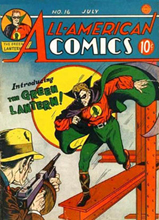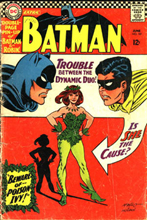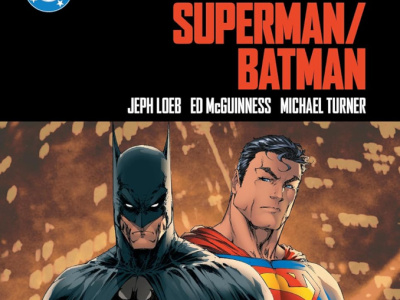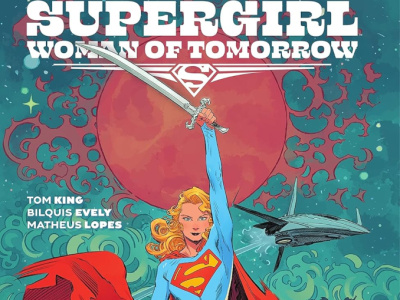
Golden Age comic book artist Sheldon “Shelly” Moldoff has died from kidney disease at the age of 91. When he was just 17 he began selling strips to DC Comics (then “Detective Comics”) in 1937. Moldoff, who contributed a 1-page sports-themed story to Action Comics #1, was the last surviving creator who worked on that landmark publication.
In the 1930s comic books were the redheaded step child of illustrated literature with a general level of drawing that was well below that exhibited in newspaper strips, which featured such incredible draftsmen as Alex Raymond, Milton Caniff, and Burne Hogarth. Moldoff was a huge admirer of Alex Raymond and he brought what he learned from studying Raymond’s work to his assignments for DC where he quickly became a go-to cover artist and created many notable covers including All-American Comics #16 that features the debut of the Golden Age Green Lantern.
In 1940 Moldoff became the regular Hawkman artist and helped create Hawkgirl, the first of many characters he created or co-created. Moldoff served in the armed forces during World War II, and when he came back he packaged a couple of horror titles, The Magazine Is Haunted, and Strange Suspense Stories for Fawcett. In 1953 Moldoff joined Batman creator Bob Kane’s shop, where his considerable body of work went largely uncredited, since he was ghosting pages that were signed by Kane. But it is clear that Moldoff helped create a host of key Batman characters including Bat-Girl, Poison Ivy, Bat-Mite, Mister Freeze, and Ace the Bathound.
In 1967 changing tastes in comic book art led DC to fire Moldoff along with other Golden Age artists including George Papp and Wayne Boring. Moldoff turned to animation and worked on the Courageous Cat and Minute Mouse animated series that was created by Bob Kane and produced by Trans-Artists in 1960. Though little remembered today the series was a campy parody of the kind of superhero team-up Kane had created in Batman, with a cat and a mouse standing in for Batman and Robin, and as such, it predicted the tone of the later mid-60s Batman TV series.









